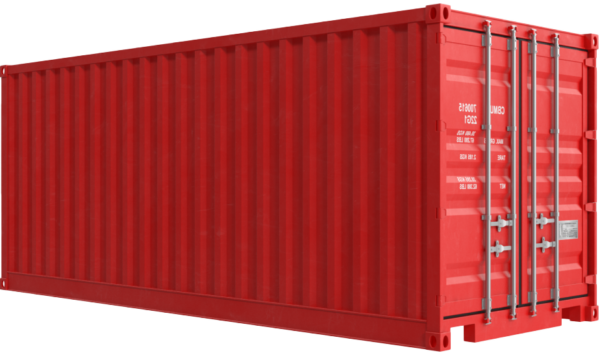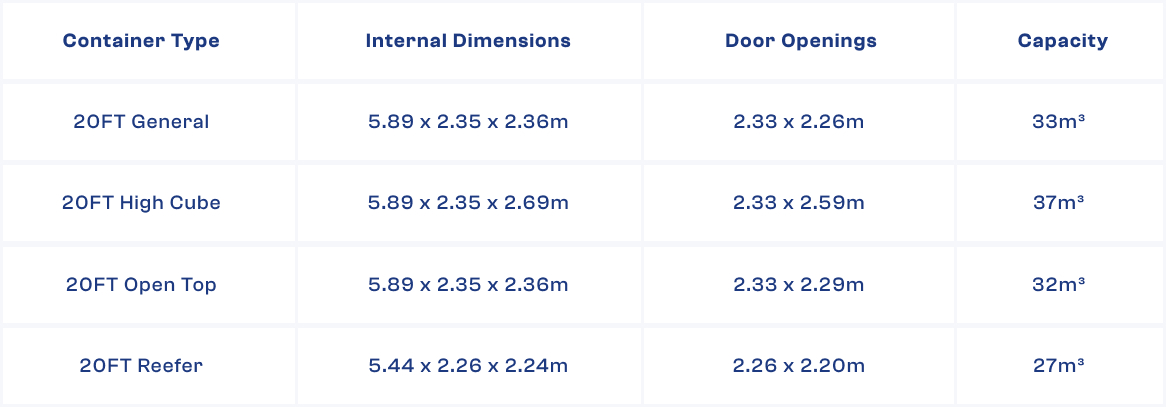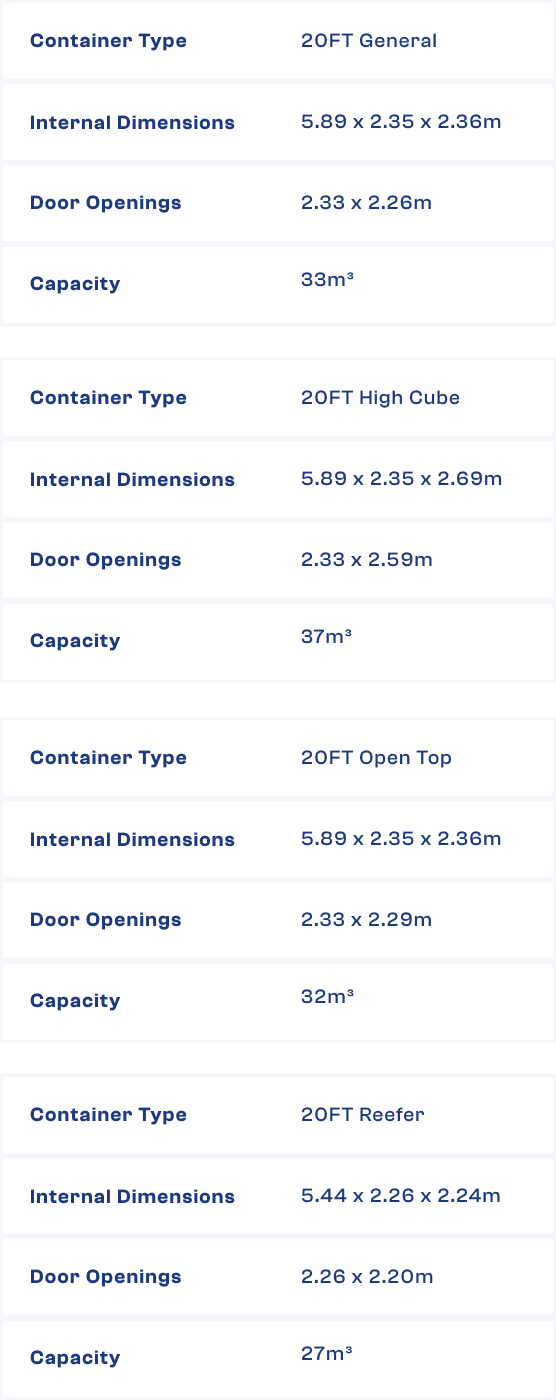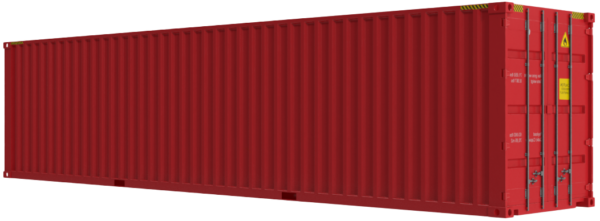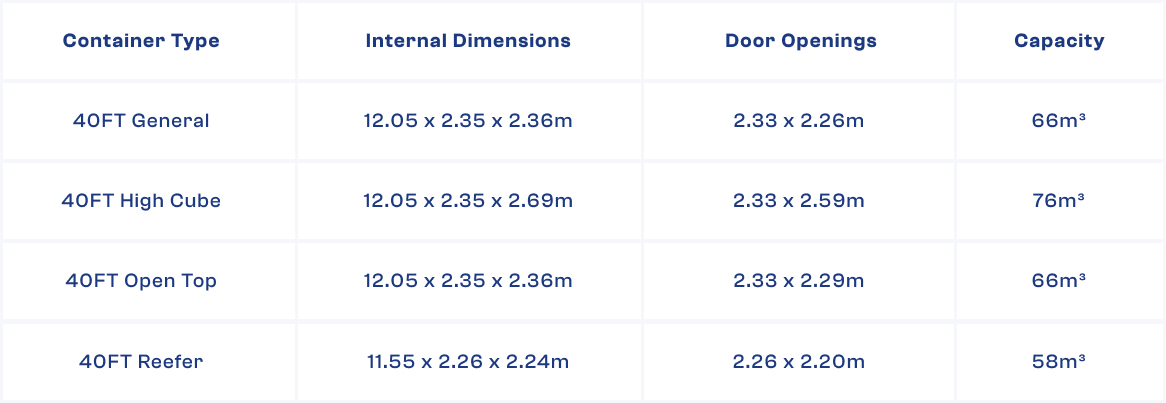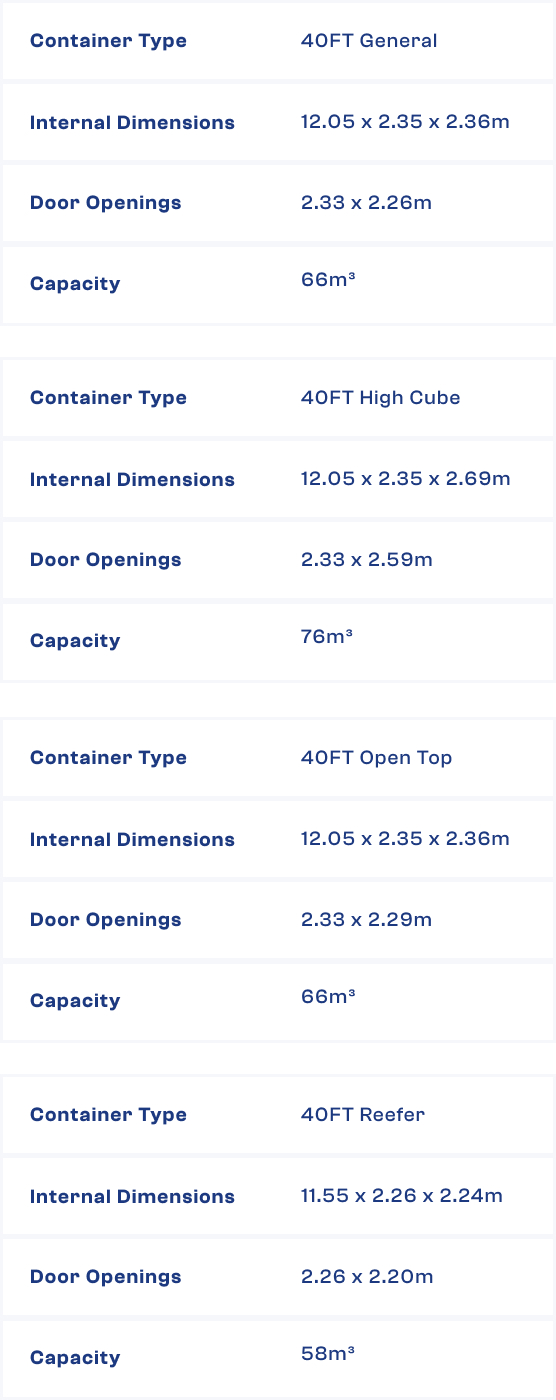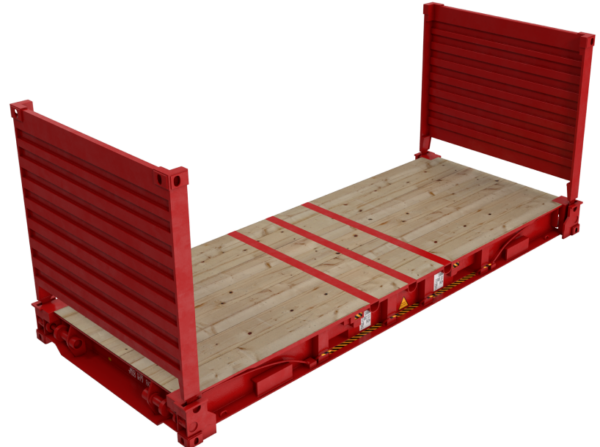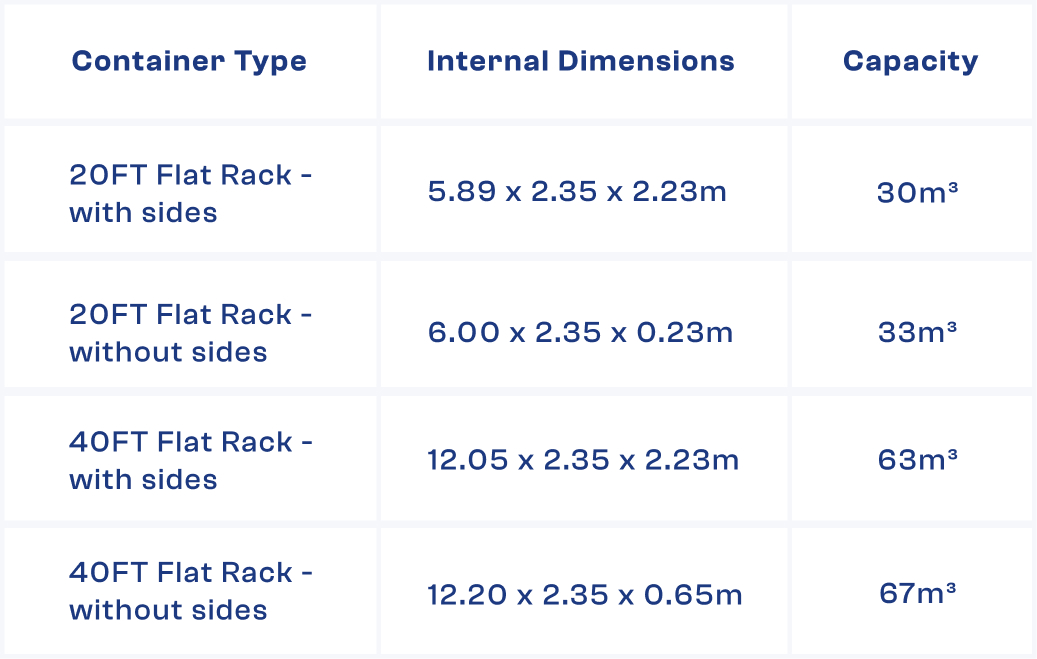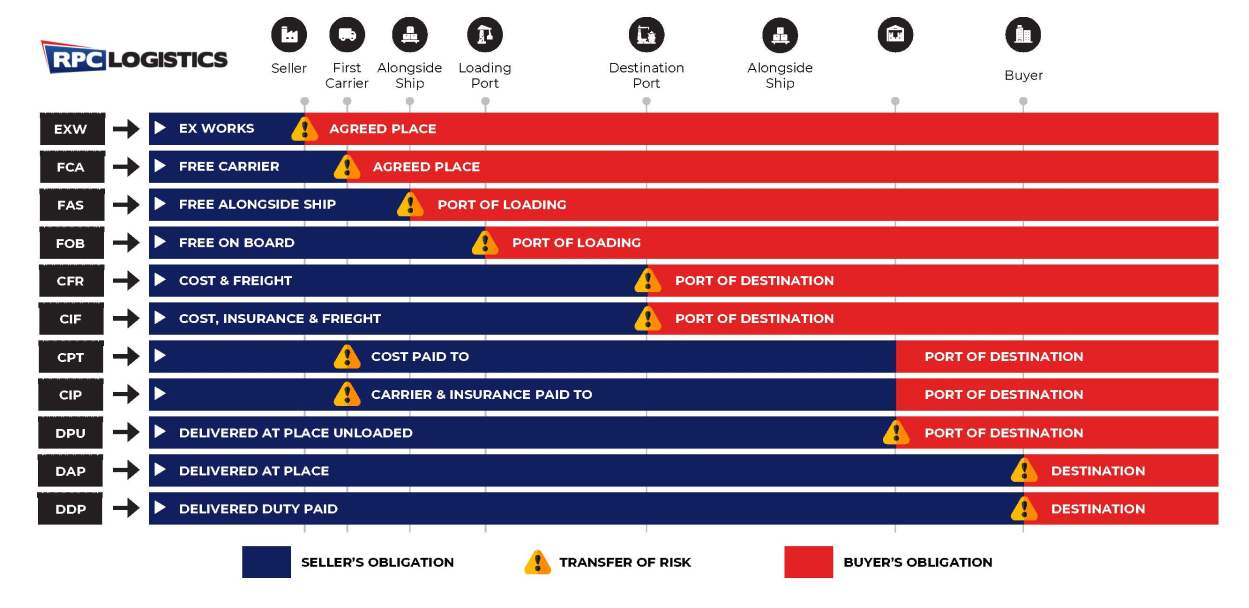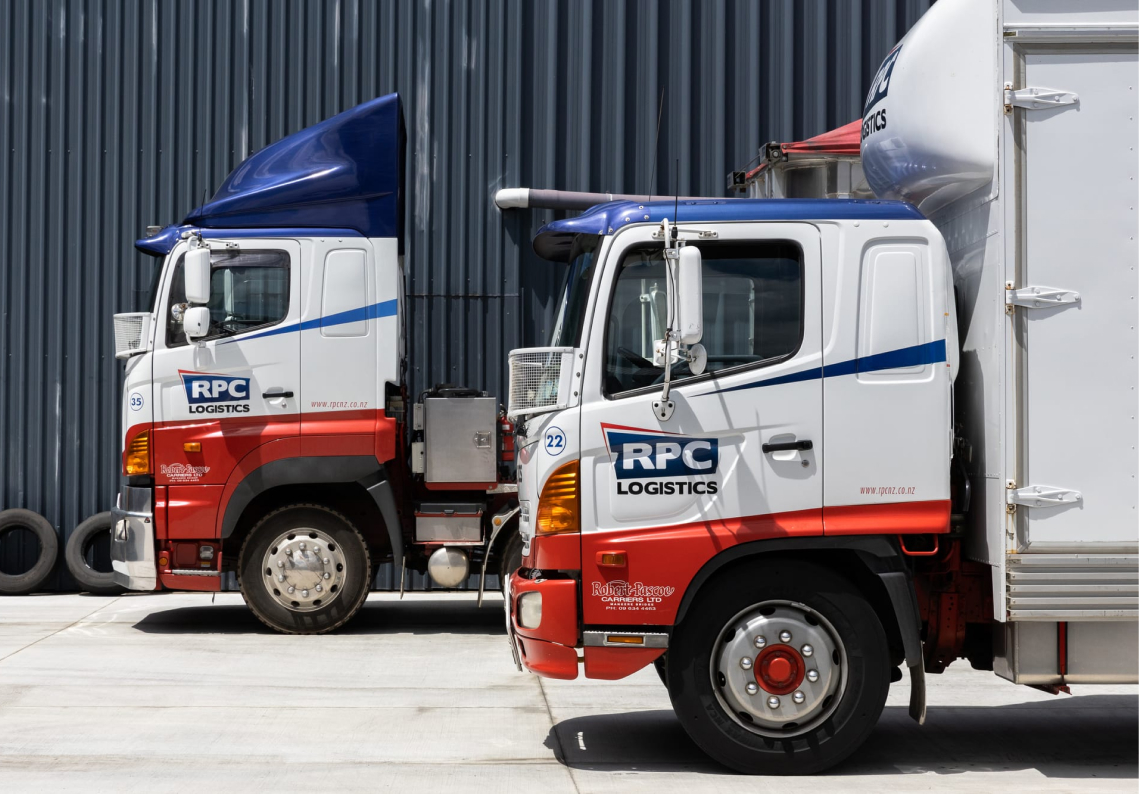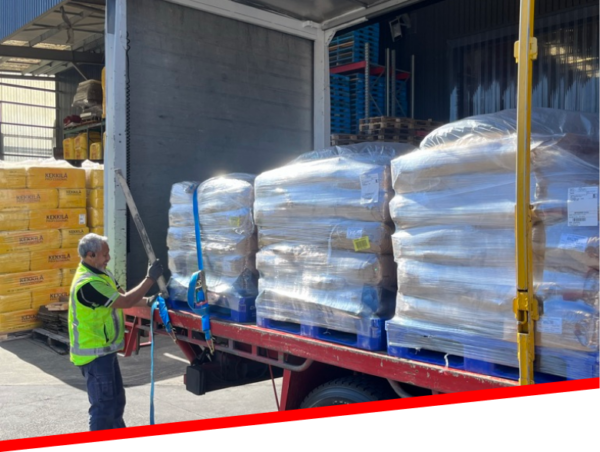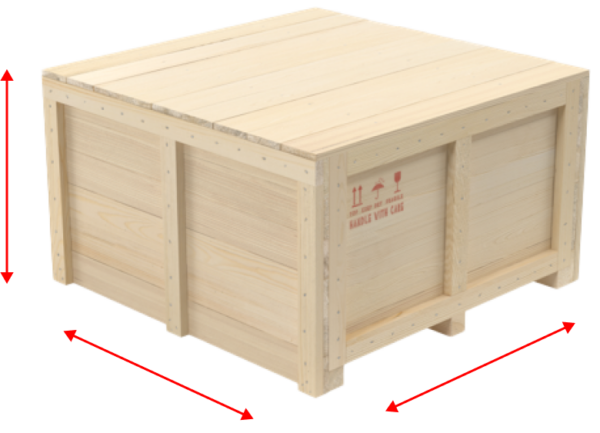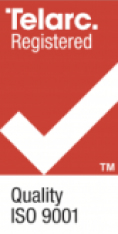Managed Warehousing (3PL)
RPC Logistics offers a comprehensive warehousing & distribution services across 3 warehouses for FMCG, eCommerce, DIY, and horticulture.
Transport
RPC Logistics provides an extensive range of transport services through their diverse fleet.
Our Story
Robert Pascoe Carriers (RPC Logistics) is a family owned business established in 1984. We provide transport, managed warehousing and distribution services to customers across all market segments.

